The Snipe meets the Star Sailors League
by Pietro Fantoni News for 2018: we will have an international Snipe ranking. Not a test, like in 2016, but for real. At the end of November I went with Daniela Semec (our ranking expert) to Lausanne, Switzerland on Lake Geneva, home of the International Olympic Committee and the Olympic Museum. We were invited to discuss about the Star Sailors League Circuit (SSL), which is in my opinion the best idea we have seen in the sailing world in recent years. The SSL (created by sailors for sailors) will not stop where it is now: SSL's idea is to include other classes in an international ranking. Not just as single rankings for each class, but also, in the future, to create a common ranking that will determine the best of the best small boat sailors. The goal is ambitious, but SSL is determined and has very clear ideas regarding promotion, communication and marketing. SSL collaborators gathers and presents clearly the volcano of ideas coming from hundreds of sailors. They talk, listen, think, and then elaborate on what has been said to them. Their enthusiasm is contagious. ...


by Pietro Fantoni
News for 2018: we will have an international Snipe ranking. Not a test, like in 2016, but for real.
At the end of November I went with Daniela Semec (our ranking expert) to Lausanne, Switzerland on Lake Geneva, home of the International Olympic Committee and the Olympic Museum. We were invited to discuss about the Star Sailors League Circuit (SSL), which is in my opinion the best idea we have seen in the sailing world in recent years.
The SSL (created by sailors for sailors) will not stop where it is now: SSL’s idea is to include other classes in an international ranking. Not just as single rankings for each class, but also, in the future, to create a common ranking that will determine the best of the best small boat sailors. The goal is ambitious, but SSL is determined and has very clear ideas regarding promotion, communication and marketing. SSL collaborators gathers and presents clearly the volcano of ideas coming from hundreds of sailors. They talk, listen, think, and then elaborate on what has been said to them. Their enthusiasm is contagious.
…
At the meeting in Lausanne, we learned about the following SSL goals:
– a) Working with sailors and classes
The purpose of SSL is to promote and assist athletes and classes
– b) Promoting “small boat” regattas
Promoting small boat regattas and increasing their audience are the basic goals of SSL. This strategy should help to protect their traditions and increase the chances of extending their presence in the world of sailing.
The America’s Cup and offshore championships capture most of the audience and financial support in the sport of sailing. The billionaires and sponsors who finance these types of events organize their own promotion (which is understandable), but they don’t aim to protect either class traditions or athlete status. We believe that it is important to showcase the sport of sailing as it is practiced by the highest number of sailors: the racing of small boats.
– c) Finding meaning during the sailing season
We believe that the public does not follow a sport because of technical achievement. Sports fans would never watch three hours of tennis if the players were serving balls over 300km/h, and there would not be many more watching cycling races if the bikes rolled at 55km/h instead of 40km/h. On the other hand, football/soccer would never fill stadiums every week with 40,000 spectators if it offered only exhibition matches; the spectators want a general championship and a champion title awarded each year.
Sporting spectators look for suspense, emotions, and human challenges. They want traditional sports that offer attractive scenarios they can follow with passion and fidelity.
Historically, the world of sailing has offered an attractive spectacle. Today, thanks to the new computer instruments (GPS tracking, virtual game), the regatta universe becomes even easier to share with the public.
However, small boat sailing has no annual scenario that allows the public to understand the meaning of each season. In fact, the public doesn’t understand the value of our competitions and athletes, because our sport has 50 world champions each year.
– d) An example: ATP ranking saved tennis
Tennis players lived through the same difficult phase in the early 1970s and they realized that they had to work together, so in 1971-72 they built the ATP ranking. Of course, it took a lot of discussion to find the value of each tournament and some problems took two years to be resolved: for example, tennis, players and organizers had to accept an extremely short grass season (it lasts only 6 weeks), while the biggest tennis tournament takes place on this surface. Finally, the players realized that they had to make concessions and join forces to secure their future. They accepted a ranking system that was certainly arbitrary, but which increased the interest of both the players and the audience and therefore gave meaning to their circuit.
– e) Ranking helps to give significance to the sailing season
With the SSL team we were inspired by this system to build a continuous ranking for each athlete and as George Szabo specifically asked us to do, we organized a system that distributes at least one point to each participant (both skipper and crew). After 4 years of experience, we note that the weekly published ranking is interesting to the athletes: they participate in the regattas to try to progress in the general classification.
The peak event of the year is the Finals, which brings together all the great champions. This objective gives good motivation to all sailors.
– f) A positive result
Positive results have followed the creation of the general ranking :
• Year after year, athletes are more motivated to participate in regattas to try to improve their rankings (both skipper or crew).
• Clubs are motivated to send in their results because the athletes wish to have their most recent results recorded every Monday for the rankings. This system gives dynamism to the class.
• It’s possible to interest the public with competitions of non-flying boats: we gather more than 100,000 spectators for the SSL Finals, with slow boats designed more than a hundred years ago.
– g) Ranking extension
The SSL Finals aim to bring together the best athletes in the world and it’s important to give all sailors a chance to qualify. The goal is not that the athletes change what they sail; the goal is that the sailors become more and more motivated to participate in their class regattas to improve their ranking. We have received a lot of messages from athletes who regret not having their chances to qualify through their own class, so we believe that it will be motivating for athletes to one day include all classes in an extended ranking.
We explained to SSL about our class organization, history, and the number of sailors (SSL Team already knew many things from George Szabo, Augie Diaz and Lars Grael, who sail both Stars and Snipes). SSL wanted to know more about Snipes in Japan and South America, the weight of the boat and the crew, the cost of a boat and a trailer… Then we discussed the ranking we tested in 2016 and ideas for a new ranking.
After the meeting, we summarized together the strengths of our class and why it will be considered for the international ranking project:
- Strong and very serious organization;
- WS class and offers many competitions each year;
- Deep participation (> 2500 sailors ranked, a lot in comparison to other classes);
- Strong history and great legends as champions;
- Already visible in countries such as Japan and South America;
- Able to gather many young people who will be attracted by promotion on the Internet, which we can organise around the class and the whole project.
Since the meeting in Lausanne, Daniela Semec and the SSL Team have already started working, uploading the 2016 and 2017 regattas and the sailors’ profiles onto the SSL website.
This is a great opportunity for the promotion of our class and it is important that everyone feels involved in this project. We will need the help of each country, fleet, organizing club, and sailor to collect the results of all regattas; local, national or international.
More details soon. I’ll keep you updated!
Leave a reply
Your email address will not be published. Your comment will be revised by the site if needed.



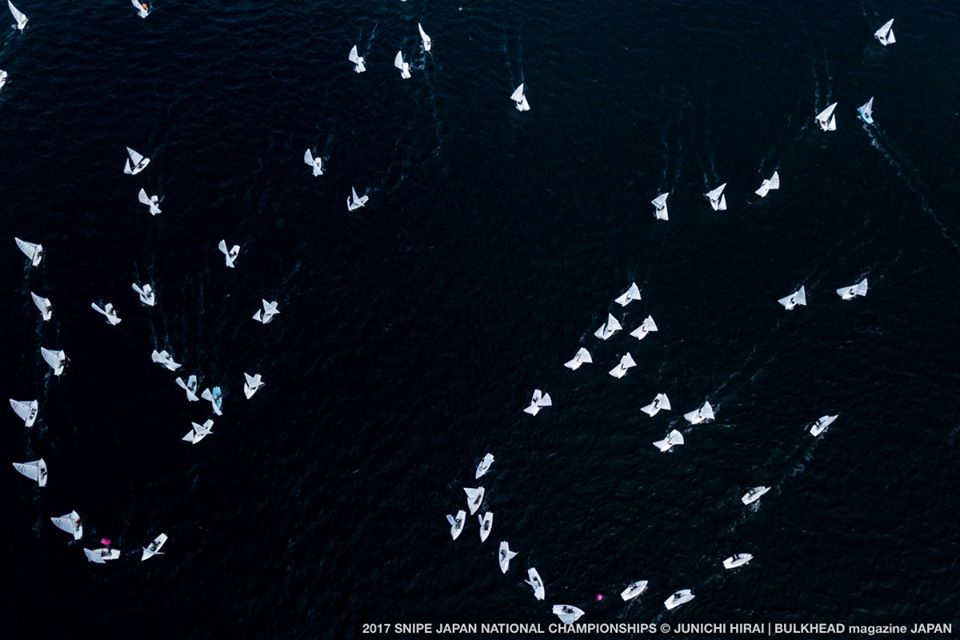
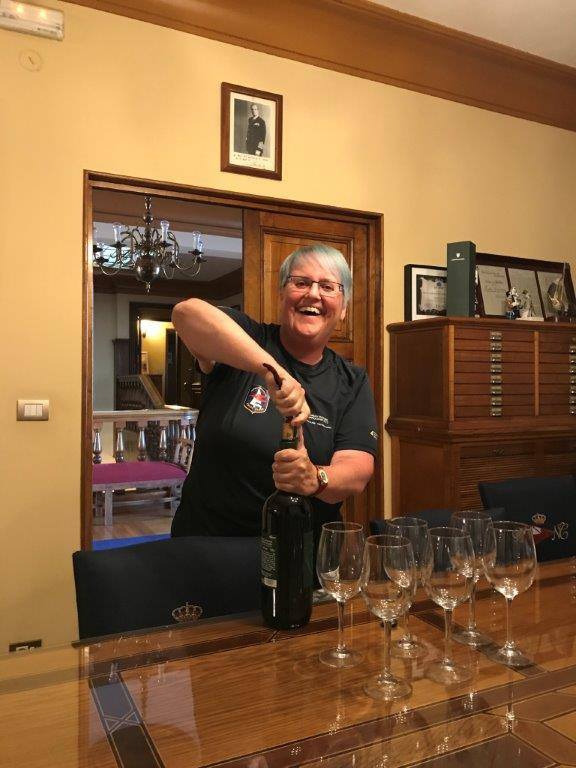

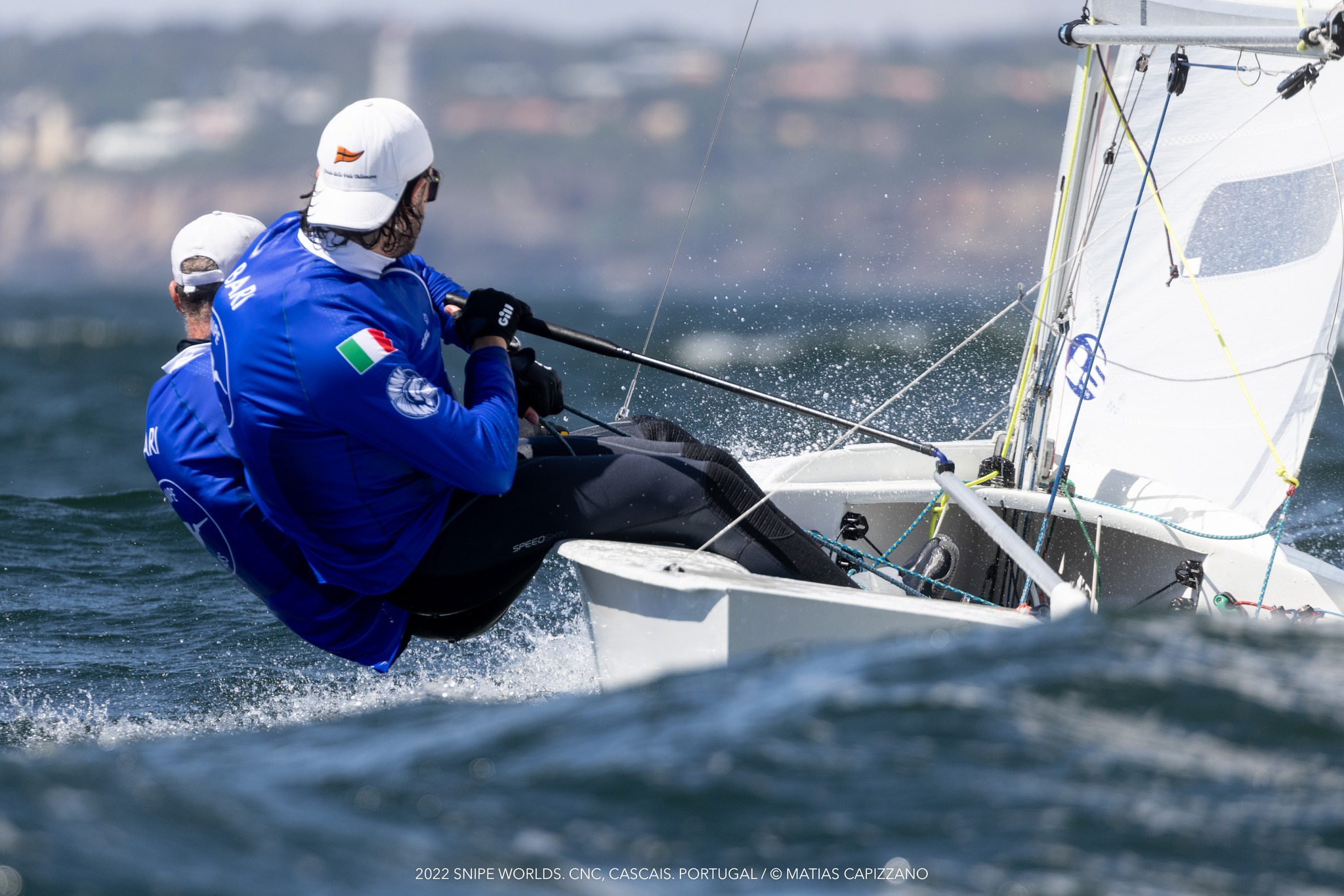
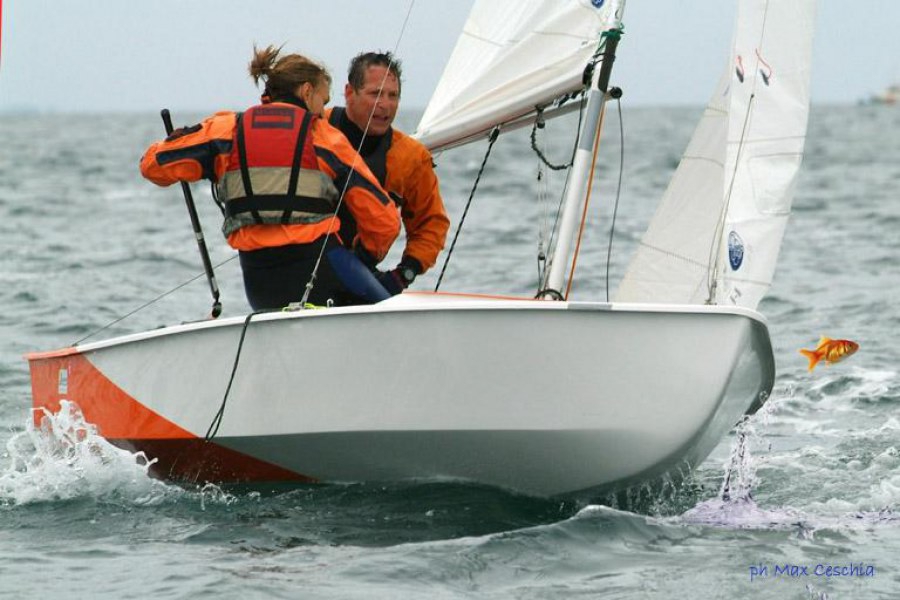
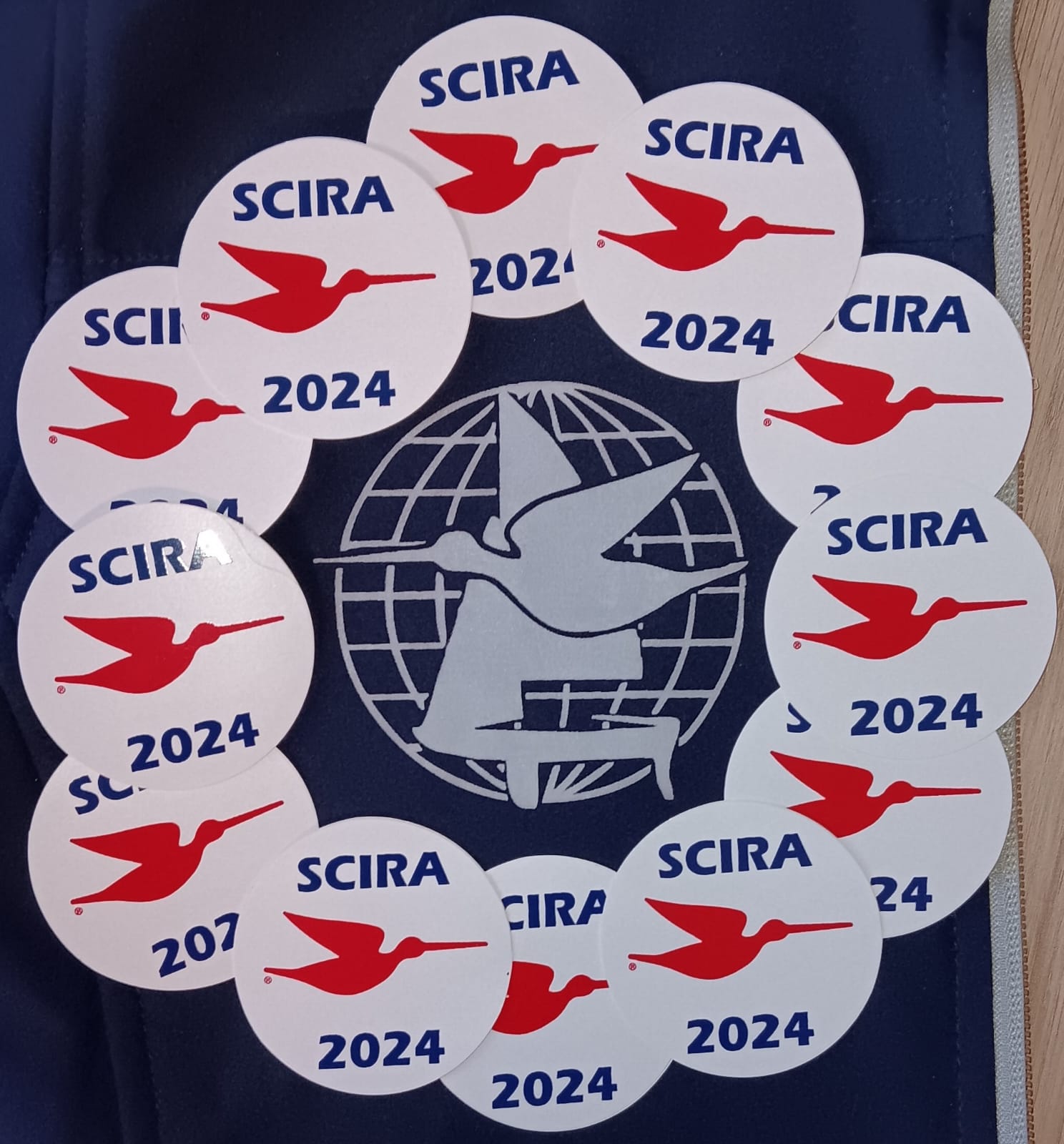
0 comments